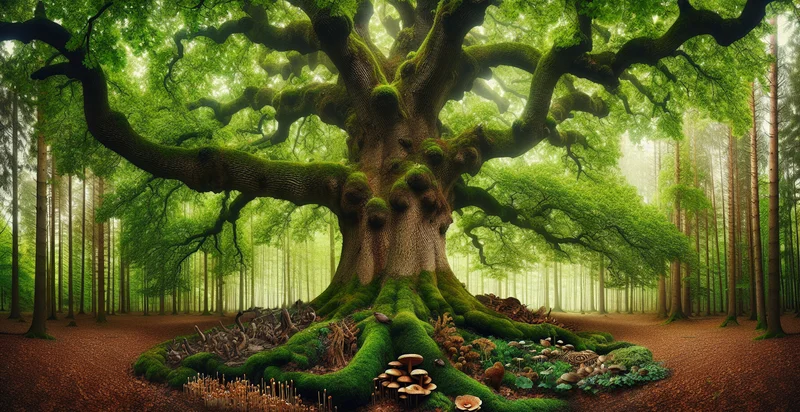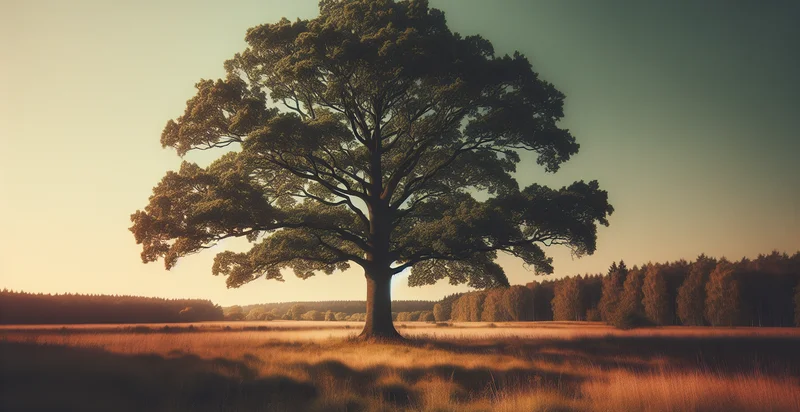Identify tree health
using AI
Below is a free classifier to identify tree health. Just upload your image, and our AI will predict the health status of a tree species - in just seconds.

Contact us for API access
Or, use Nyckel to build highly-accurate custom classifiers in just minutes. No PhD required.
Get started
import nyckel
credentials = nyckel.Credentials("YOUR_CLIENT_ID", "YOUR_CLIENT_SECRET")
nyckel.invoke("tree-health", "your_image_url", credentials)
fetch('https://www.nyckel.com/v1/functions/tree-health/invoke', {
method: 'POST',
headers: {
'Authorization': 'Bearer ' + 'YOUR_BEARER_TOKEN',
'Content-Type': 'application/json',
},
body: JSON.stringify(
{"data": "your_image_url"}
)
})
.then(response => response.json())
.then(data => console.log(data));
curl -X POST \
-H "Content-Type: application/json" \
-H "Authorization: Bearer YOUR_BEARER_TOKEN" \
-d '{"data": "your_image_url"}' \
https://www.nyckel.com/v1/functions/tree-health/invoke
How this classifier works
To start, upload your image. Our AI tool will then predict the health status of a tree species.
This pretrained image model uses a Nyckel-created dataset and has 29 labels, including Bark Damage, Brown Tips, Damaged, Dead, Discolored Leaves, Diseased, Dry Soil, Dying, Excessive Leaf Drop and Faded.
We'll also show a confidence score (the higher the number, the more confident the AI model is around the health status of a tree species).
Whether you're just curious or building tree health detection into your application, we hope our classifier proves helpful.
Related Classifiers
Need to identify tree health at scale?
Get API or Zapier access to this classifier for free. It's perfect for:
- Arborist Assistance: The tree health identifier can be used by arborists to assess the condition of trees before undertaking any maintenance or removal. By using the function to classify images, arborists can quickly identify signs of disease or pest infestation, allowing for informed decision-making.
- Urban Forestry Management: Municipalities can utilize the tree health identifier for urban forestry management programs. By analyzing images of street trees and parks, they can monitor overall tree health and prioritize care for those in poor condition, improving urban green spaces and public safety.
- Agricultural Monitoring: Farmers and agricultural consultants can employ the identifier to monitor orchards and wooded areas. By regularly assessing tree health through images, they can detect early signs of stress or disease, optimizing yield and minimizing potential losses.
- Environmental Research: Researchers studying ecosystems can use the tree health identifier to gather data on forest health and biodiversity. By classifying images of various tree species, they can analyze the impact of environmental factors on tree vitality, contributing to conservation efforts.
- Insurance Assessments: Insurance companies can implement the identifier to assess claims related to tree damage or health. By quickly evaluating the condition of trees in photographs submitted by policyholders, insurers can expedite claims processing and determine coverage.
- Landscaping Services: Landscaping companies can use the tree health identifier to provide assessments to clients about existing trees on their properties. This functionality allows them to offer tailored recommendations for tree care, replacements, and landscaping designs that enhance property aesthetics and health.
- Educational Tools: Schools and educational organizations can implement this technology for environmental science curricula. By using the tree health identifier in hands-on activities, students can learn about botany, ecology, and the importance of tree health while engaging with real-world applications.


